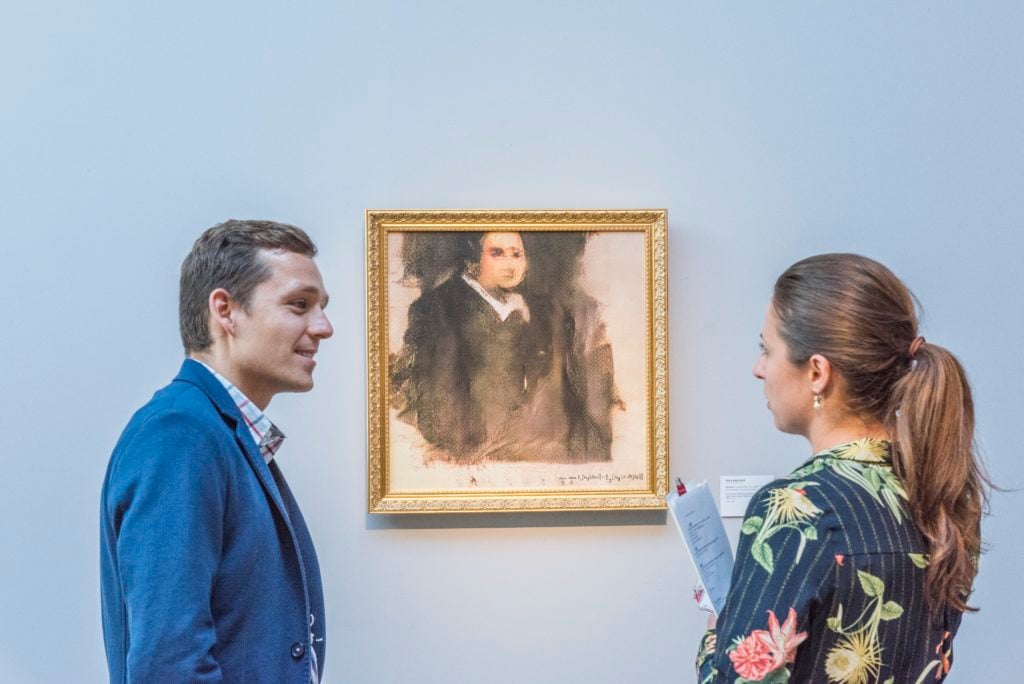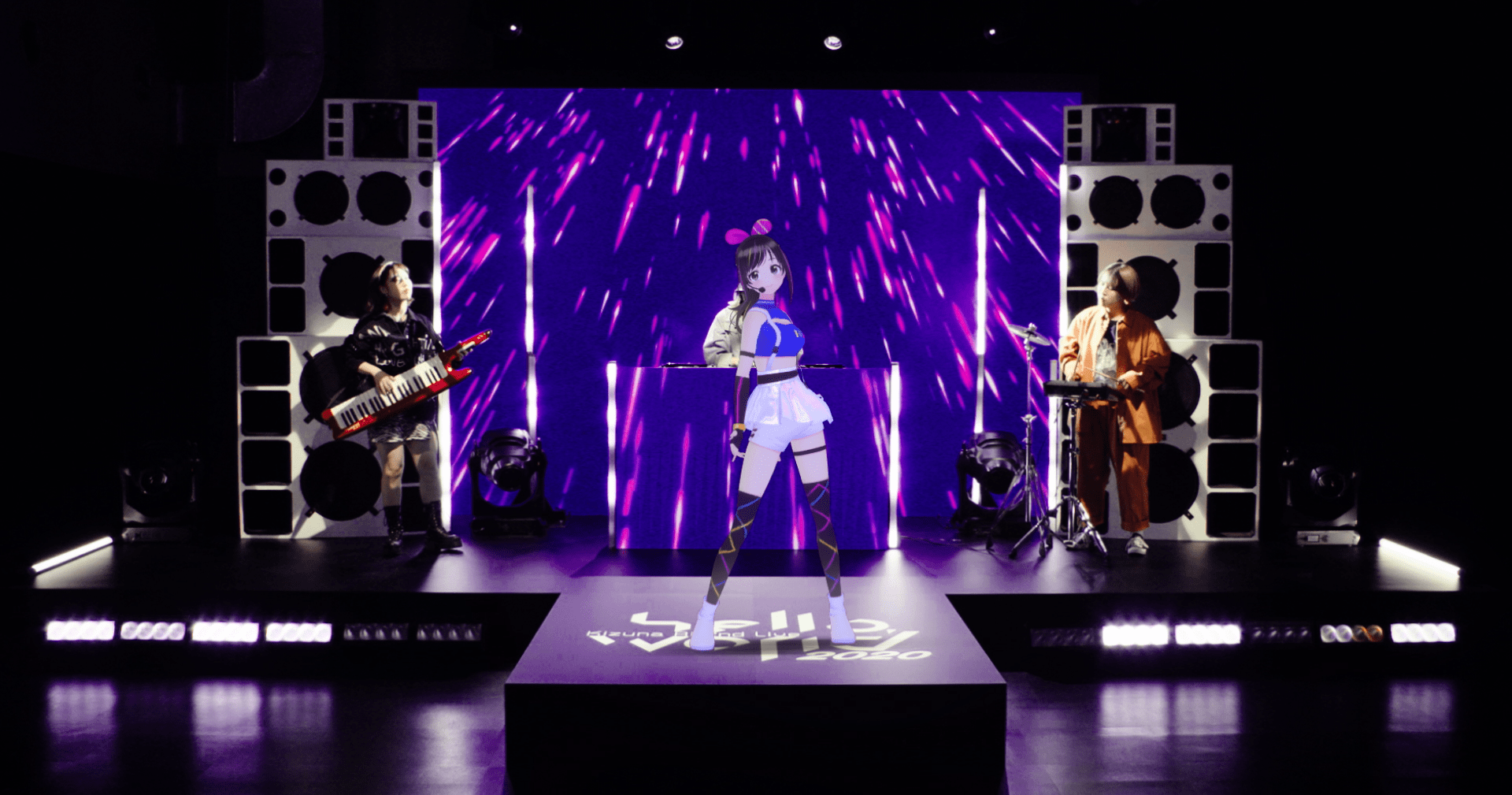algorithms: ai, ar, vr, crypto
America’s Investing Boom Goes Far Beyond Reddit Bros
Robinhood traders have earned the most attention, but they’re only part of a larger story about class stagnation and distrust.
Source: America’s Investing Boom Goes Far Beyond Reddit Bros
Artificial Intelligence May Have Cracked the Code to Creating Low-Priced Works on Canvas
Customers scroll through a selection of artwork and click the designs they like, in order to “show Artifly your style.” Then, the user clicks a button reading “Make My Art,” Artifly (the name of which is meant to evoke the phrase “Art on the Fly”) becomes familiar with your selections—and then near instantly, in about a minute, it creates a brand-new personalized artwork. The user then has the option, though not the obligation, to buy a bespoke piece of AI art.
Apple Walks a Privacy Tightrope to Spot Child Abuse in iCloud
With a new capability to search for illegal material not just in the cloud but on user devices, the company may have opened up a new front in the encryption wars.
Source: Apple Walks a Privacy Tightrope to Spot Child Abuse in iCloud
Why regulators should treat stablecoins like banks
Twelve years after bitcoin was born, governments are still struggling to cope with cryptocurrencies. Britain has banned Binance, a crypto exchange and the European Union’s regulators want transactions to be more traceable. On August 3rd Gary Gensler, the head of America’s Securities and Exchange Commission, said cryptocurrency markets were “rife with fraud, scams and abuse” and called on Congress to give his agency new regulatory powers.
More than 450 airlines can now use IBM’s blockchain-based vaccine passport
IBM Digital Health Pass uses blockchain encryption technology, eliminating the need to collect and store personal data. This allows user to manage what information they want to share through their smartphones. All border agents see is a prompt for whether a traveler is cleared for travel or not.
Source: More than 450 airlines can now use IBM’s blockchain-based vaccine passport
The Metaverse Has Always Been a Dystopian Idea
Silicon Valley CEOs keep hailing its imminent arrival as they hawk digital goods, but the metaverse was a dystopian idea from its inception.
Training self-driving cars for $1 an hour
To master the roads, autonomous vehicles need lots of data. Workers everywhere from Kenya to Venezuela are providing it.
The slow collapse of Amazon’s drone delivery dream
Well over 100 employees at Amazon Prime Air have lost their jobs and dozens of other roles are moving to other projects abroad as the company shutters part of its operation in the UK. Insiders claim the future of the UK operation, which launched in 2016 to help pioneer Amazon’s global drone delivery efforts, is now uncertain.
Why Twitter wants ethical hackers to fix its algorithmic biases
Twitter is applying the bug bounty model to machine learning. The micro-blogging site has launched the industry’s first algorithmic bias bounty competition. The challenge was created to identify potential harms in Twitter’s notorious image cropping algorithm, which was largely abandoned after exhibiting gender- and race-based biases.
Source: Why Twitter wants ethical hackers to fix its algorithmic biases
How France tamed Google
France has hit Google with fines totalling €720 million this year. The money is meaningless – but the changes could be profound
Source: How France tamed Google
Here’s how police can get your data — even if you aren’t suspected of a crime
If you’ve ever read a privacy policy, you may have noticed a section that says something about how your data will be shared with law enforcement, which means if the police demand it and have the necessary paperwork, they’ll likely get it.
Source: Here’s how police can get your data — even if you aren’t suspected of a crime
You Are Already Having Sex With Robots
The real robo-sexual revolution will be, and already is, more software than hardware, and it’s the version of this story fewer people are talking about.
Banned Chinese Facial Recognition Technology Was Used to Search for Minneapolis Protesters
One night in the Twin Cities, shortly after the killing of George Floyd, someone set a fire in a Goodwill. That led to an international search for the culprits — and it exposed a growing system of global surveillance.
Source: Banned Chinese Facial Recognition Technology Was Used to Search for Minneapolis Protesters
Why Bored Ape Avatars Are Taking Over Twitter
Bored Ape Yacht Club, which launched in April, is a strange combination of gated online community, stock-shareholding group, and art-appreciation society.
The teen tycoons of Depop
Young people can make real money selling vintage clothes online — if they can stay on the right side of the algorithm
Source: The teen tycoons of Depop
Japan’s virtual YouTubers have millions of real subscribers — and make millions of real dollars
How the pandemic mainstreamed VTubers, Japan’s fictional YouTube celebrities.
Source: Japan’s virtual YouTubers have millions of real subscribers — and make millions of real dollars
How Olympic Tracking Systems Capture Athletic Performances
This year’s Olympic Games may be closed to most spectators because of COVID-19, but the eyes of the world are still on the athletes thanks to dozens of cameras recording every leap, dive and flip. Among all that broadcasting equipment, track-and-field competitors might notice five extra cameras—the first step in a detailed 3-D tracking system that supplies spectators with near-instantaneous insights into each step of a race or handoff of a baton.
Source: How Olympic Tracking Systems Capture Athletic Performances
Virtual Reality Is the Rich White Kid of Technology
For decades, VR has failed to live up to expectations. Yet somehow, it keeps receiving more chances and more resources.
QR Codes Are Here to Stay. So Is the Tracking They Allow.
Fueled by a desire for touchless transactions, QR codes popped up everywhere in the pandemic. Businesses don’t want to give them up.
Source: QR Codes Are Here to Stay. So Is the Tracking They Allow.
The Jessica Simulation: Love and loss in the age of A.I.
He couldn’t get over his fiancee’s death. So he brought her back as an A.I. chatbot
Source: He couldn’t get over his fiancee’s death. So he brought her back as an A.I. chatbot









